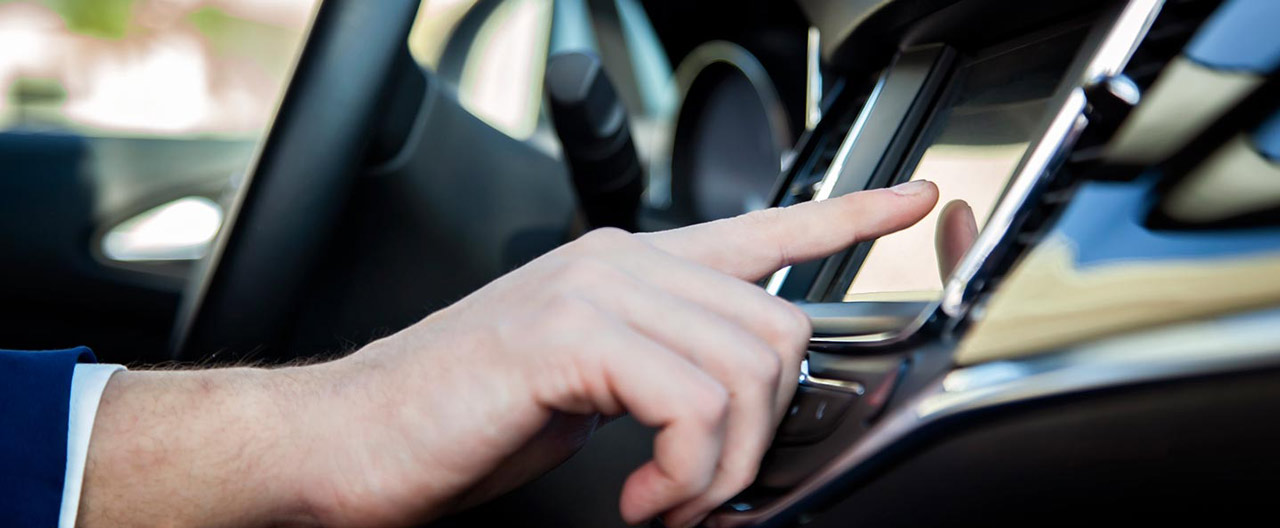- Individuals & Families
- Businesses
- Agents & Brokers
- Embedded Insurance
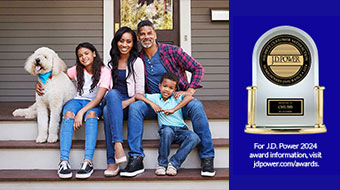
Chubb ranked #1 for Homeowners Insurance Customer Satisfaction.

Chubb ranked #1 for Homeowners Insurance Customer Satisfaction.

Chubb ranked #1 for Homeowners Insurance Customer Satisfaction.

Chubb ranked #1 for Homeowners Insurance Customer Satisfaction.
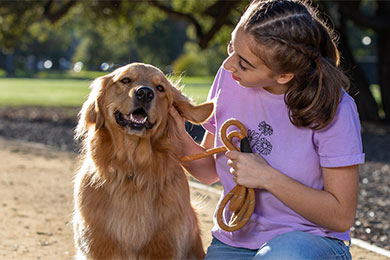
Because pets are family, Chubb now offers pet insurance with top-rated coverage from Healthy Paws.

Chubb offers the insurance protection you need for travel’s many “what ifs”.

Chubb protects small businesses at every stage – from newly formed start-ups to long-time anchors of the community.

Stay ahead of cyber threats with our free Cyber Claims Landscape Report.

Learn more about our dedicated learning paths, Online Learning Center, and more.
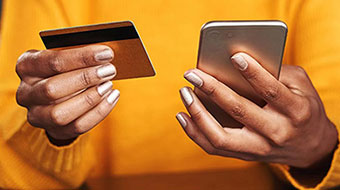
Many digital-savvy consumers look for it as a core or add-on option.

Many digital-savvy consumers look for it as a core or add-on option.

Many digital-savvy consumers look for it as a core or add-on option.

Chubb’s in-house technology makes it easy to integrate what we do into your customer experience.
-
About
-
Claims
-
Login & Pay Bill
For Agents & BrokersFor Travel Advisors
-
Back
When you’re looking to buy a new car, you may want to consider the many smart technology options available these days. Besides connecting you to other people, music, and media, many smart additions to a car can help keep you safer and more secure while driving and can help protect your car when you’re not around.
Below are some examples of smart technology available in cars these days:
- Adaptive cruise control keeps you at a safe distance from the car in front of you when you’re driving. It will automatically slow your car down or speed it up, depending on the speed of the car in front of you, always staying within a safe speed. These types of controls are often integrated with the car’s navigation systems and cameras. Some systems will slow the car down to take sharper turns, reduce your speed if posted speed limits change, or offer traffic jam assist by slowing and stopping in stop-and-go traffic.
- Lane departure warning and lane-keep assist will alert you when your car starts drifting into another lane. By using your car’s camera, this system keeps you from crossing into another lane by taking control of the steering wheel or gently braking.
- Blind-spot alert will sound an alarm, buzzer or tone if it detects a car in your blind spot when you are driving at a certain speed or turn on your blinker in anticipation of changing lanes. To ensure that you are aware of the alert, some systems vibrate your seat or flash a warning light on your mirror or dashboard.
- Cross-traffic alert will let you know if there is a vehicle, cyclist, or pedestrian approaching when you are backing your car out of a parking space or driveway. It will typically show an alert on the reversing camera display, showing the direction from which the object is coming.
- Reverse brake assist will sound an alert if it detects an object behind you when you are backing up, then will stop your car if you don’t brake quickly enough.
While the technologies above are available in many vehicles these days, the ones listed below are still in development. They may be available soon, so keep a lookout for their appearance in new models.
- Vehicle-to-Vehicle Communication (V2V) is said to give cars the ability to wirelessly broadcast and receive information, creating a 360-degree “awareness” of the cars around you as you drive. It uses alerts to let drivers know when to take an action to avoid an accident. It can even detect dangers that you might not be able to see due to traffic, terrain, or weather.
- Heads Up Display (HUD) uses technology to show data such as the car’s speed, engine health, and navigation at the base of the windshield, so you can keep your eyes on the road when driving. Some even use GPS and sensors to display potential dangers or provide hologram-like driving directions.
https://www.motortrend.com/news/lane-departure-warning/
https://www.motortrend.com/news/adaptive-cruise-control/
https://www.motorbiscuit.com/this-is-how-blind-spot-monitoring-systems-work/
https://www.ford.com/technology/driver-assist-technology/reverse-brake-assist/
https://www.nhtsa.gov/technology-innovation/vehicle-vehicle-communication
https://www.popularmechanics.com/cars/a13979056/car-communication-technologies/
Insights and expertise
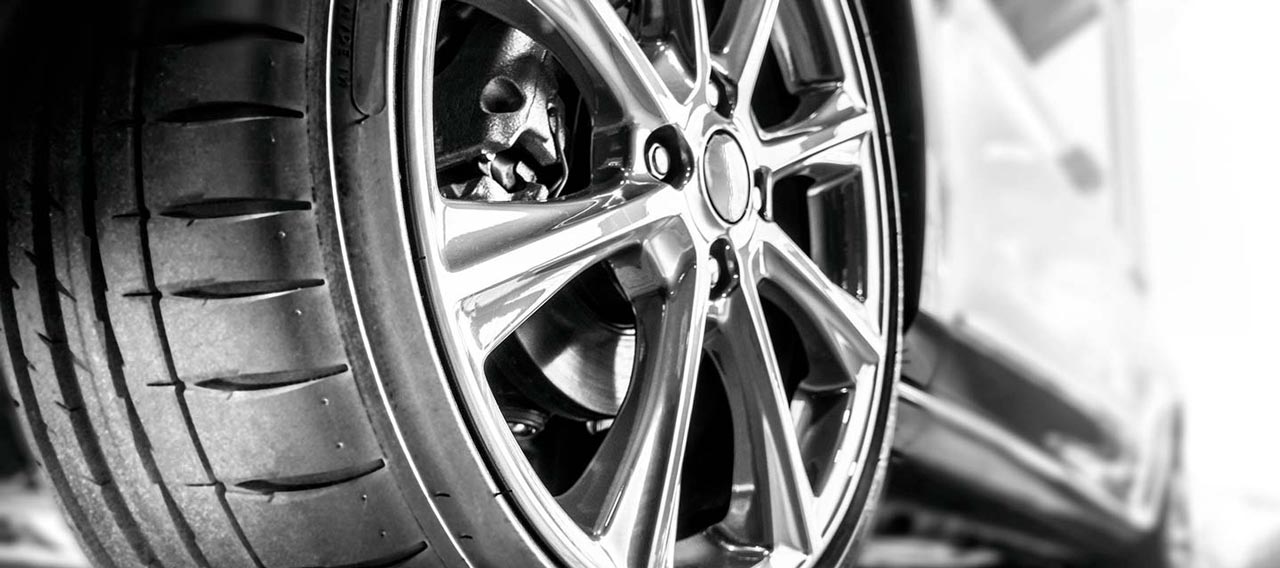

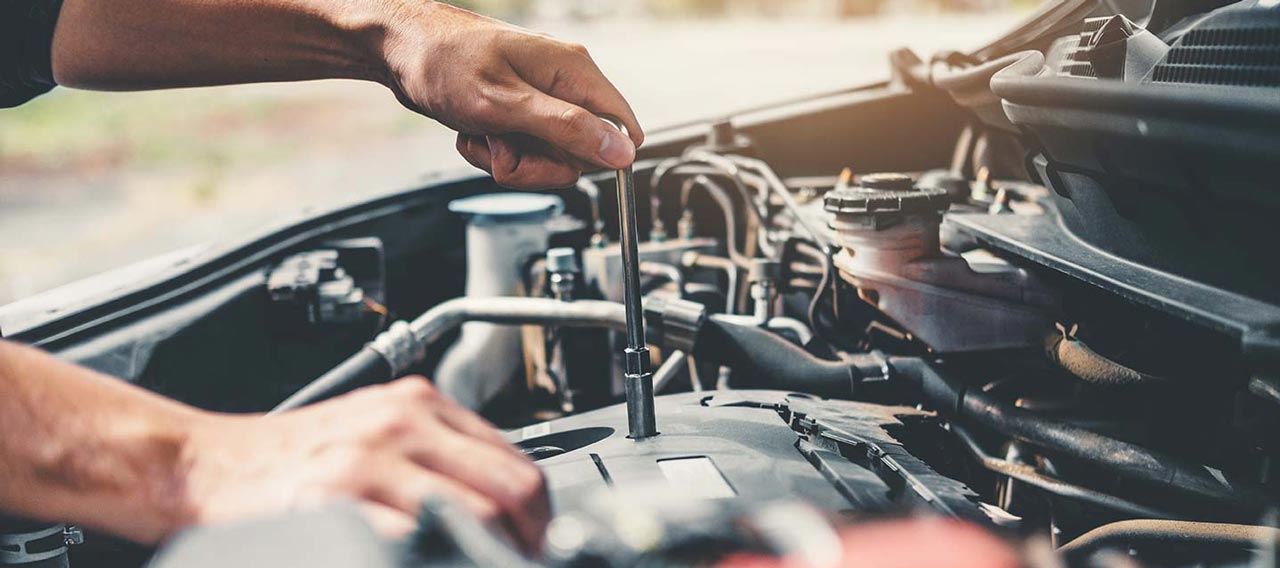
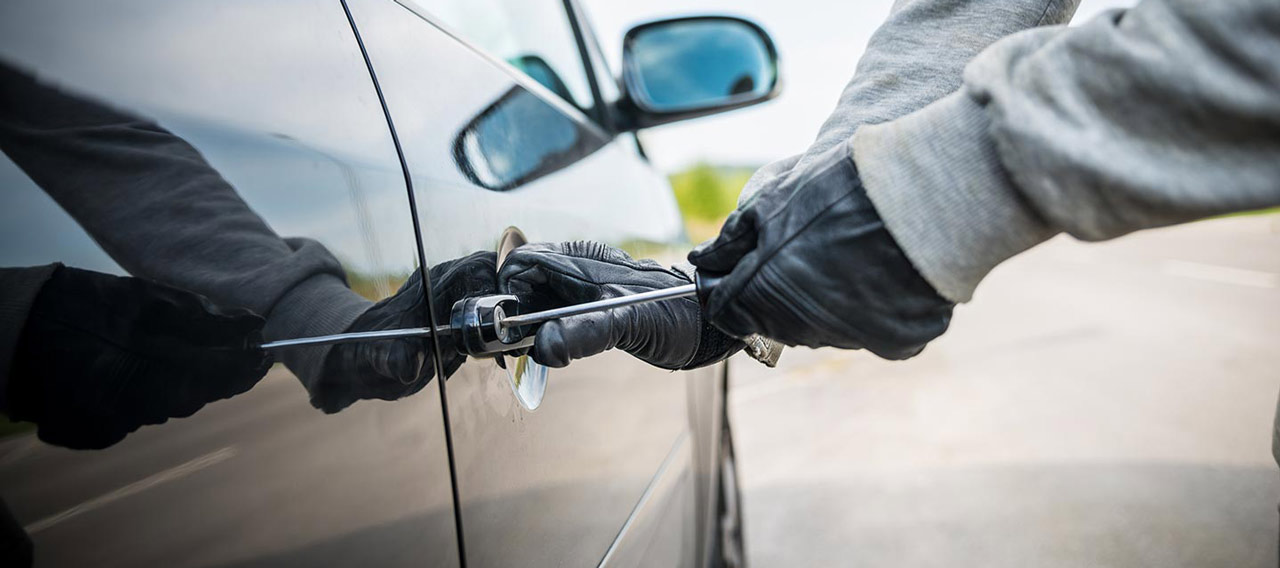

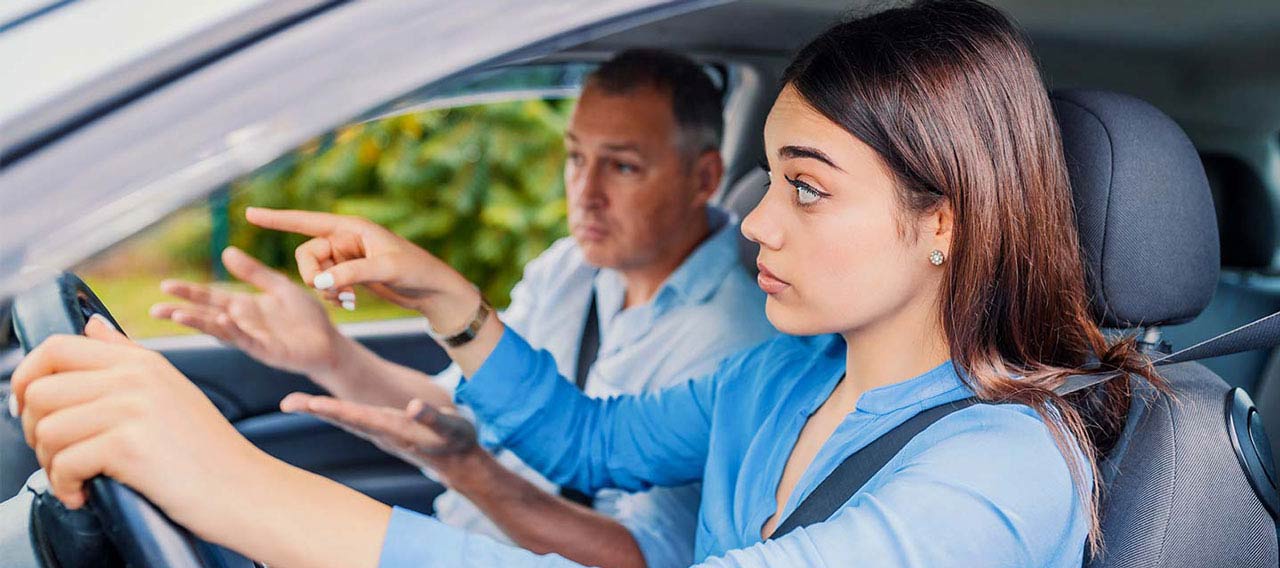


This document is advisory in nature and is offered as a resource to be used together with your professional insurance advisors in maintaining a loss prevention program. It is an overview only, and is not intended as a substitute for consultation with your insurance broker, or for legal, engineering or other professional advice.
Chubb is the marketing name used to refer to subsidiaries of Chubb Limited providing insurance and related services. For a list of these subsidiaries, please visit our website at www.chubb.com. Insurance provided by ACE American Insurance Company and its U.S. based Chubb underwriting company affiliates. All products may not be available in all states. This communication contains product summaries only. Coverage is subject to the language of the policies as actually issued. Surplus lines insurance sold only through licensed surplus lines producers. Chubb, 202 Hall's Mill Road, Whitehouse Station, NJ 08889-1600.


